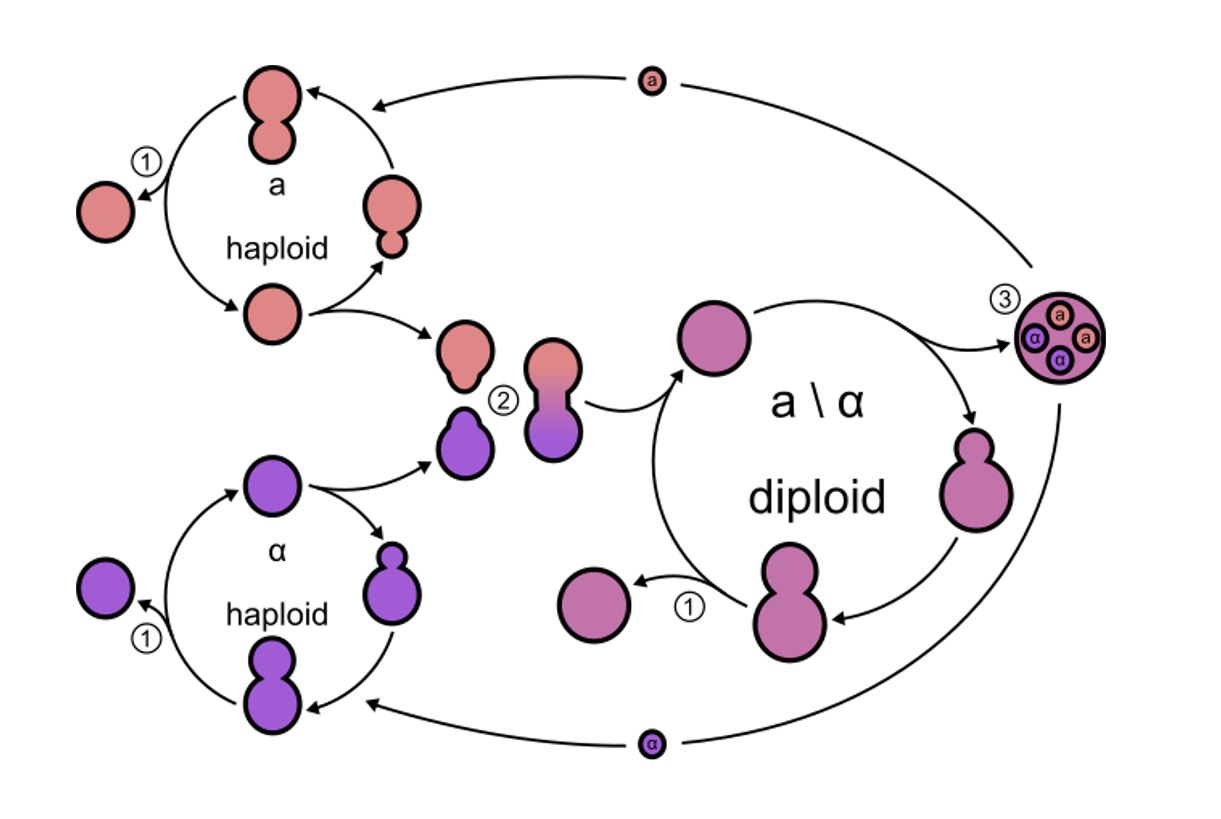Playlist
Show Playlist
Hide Playlist
Fungal Infections
-
Slides 06 Fungi MicrobiologyAdvanced.pdf
-
Download Lecture Overview
00:01 Now there are a number of categories of the human infections that we're going to talk about in the next few discussions and we divide them according to how the infection is acquired, and the first one is called endemic mycoses. These are infections with fungi, caused by geographically restricted fungi, that is, they only occur in certain places in the world and they usually cause disease in immunosuppressed individuals, although they can also cause disease in healthy people as well. So here we're showing an individual being infected with a fungus, it would usually be inhalation of spore from a filamentous growth and the individual is getting sick. So these are endemic mycoses, you acquire them at specific places in the world. 00:51 Then we talk about opportunistic mycoses. So these are infections specifically in immunosuppressed patients. We all inhale or acquire or contact many of these fungi in our daily lives and we're fine, I've already mentioned some examples of inhaling spores and not being a problem, but people who are immunosuppressed, if you have AIDS, if you have an organ transplant and you're taking drugs to prevent rejection of the organ, that's immunosuppression and there are other ways you can be immunosuppressed as well. Under those conditions, these fungi have serious effects on your health. So that's why we call them opportunistic mycoses, they take advantage of your immune system being down. Now a number of these will even cause disease in what look like healthy people, but I suspect that those 'healthy people' actually do have subtle defects in their immune system that predisposeS them to infection with these fungi. We're also going to talk about what we call subcutaneous mycoses. These infections involve the skin or the underlying tissue, which we call subcutaneous tissue and sometimes they can actually get into the lymph system and spread somewhat through there, so the subcutaneous mycoses. And then finally the superficial and cutaneous mycoses. So as the name suggests, these are limited to the surface of the skin and the skin structures. They don't really get below the skin and they don't become systemic. They don't spread from the initial site of infection.
About the Lecture
The lecture Fungal Infections by Vincent Racaniello, PhD is from the course Fungi.
Included Quiz Questions
Patients suffering from which of the following medical conditions are more likely to be infected by Candida albicans?
- AIDS
- Hepatitis C
- Glaucoma
- Diarrhea
- Urinary tract infection
Which of the following parts of the human body are most affected by subcutaneous mycoses?
- Skin and underlying tissue
- Spleen
- Kidney
- Liver
- Heart
Customer reviews
5,0 of 5 stars
| 5 Stars |
|
5 |
| 4 Stars |
|
0 |
| 3 Stars |
|
0 |
| 2 Stars |
|
0 |
| 1 Star |
|
0 |




